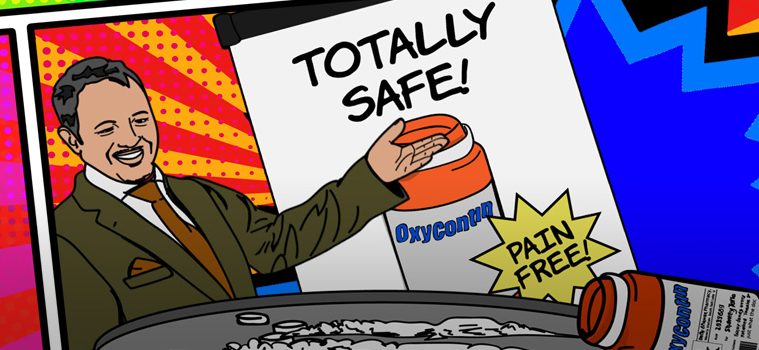Don’t Start –
September 21, 2019 – Like a game of telephone gone wrong, what followed was hundreds of citations of the letter justifying increased prescription of opioids. But few of the citations noted that the letter referred to inpatients prescribed opioids during brief and closely monitored hospital stays. The letter was never meant to apply to opioids in an outpatient setting, nor for long-term use. Meanwhile, another seed was planted. Many doctors and pain organizations, including the World Health Organization, began a well-intentioned campaign to treat pain. From breakthrough cancer pain to chronic backache, they said pain was undertreated, and there was no reason patients should have to suffer. The arguments were all very logical and humane and they quickly spread across the healthcare industry.And a final seed: after Purdue Pharma introduced OxyContin in 1995, the manufacturer began aggressively marketing the drug to doctors. According to a New York Times investigation, the company knew of significant abuse of OxyContin within months of its release but concealed the evidence for years. The second wave began in 2010 as early efforts to cut back on prescriptions made opioids harder to get. Many people turned to heroin, which in turn led to skyrocketing heroin deaths.
The third wave hit hard in 2013 when illicitly manufactured synthetic fentanyl became widely available. Look at a graph of fentanyl deaths per year throughout the opioid epidemic and you’ll see a near-vertical line shooting upwards starting in 2013.



